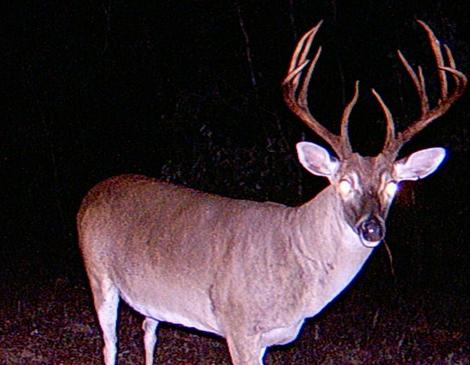
White-tailed deer hunting is in full swing here in Texas and the bucks and does are hot! The rut in most definitely on in central Texas because each day this week I have observed bucks running does hard throughout the day. Just this afternoon I observed at least 20 different bucks chasing 7 different does. Everything from 10 point bucks to spikes were running does, often in succession with the biggest bucks closest to the does and the smaller bucks trailing behind. Hey, when they’re hot they’re hot!
Now that you’re all pumped up, it’s time for a hunting story submitted by a successful reader of this site. From time to time hunters will submit photos and even stories regarding their most recent deer hunt and this is always appreciated. It’s good to hear how everone is doing and get reports from other parts of the country. I’ve written in the past about the Antler Restriction regulations that are in effect in some Texas counties and that sets the stage for today’s reader-submitted story. Here it is:
Its been right at 6 years now since Colorado County became an Antler Restriction county. Since that time I have only harvested 1 white-tailed buck (a spike) on the Swanson Ranch located on Sandies Creek in the southern part of the county. Myself, along with other members of the family who hunt there, have been patient waiting for the deer population to grow and mature. I finally found time in my busy schedule to travel out to the ranch this weekend and hunt for the first time this year.
We had been preparing for deer season since mid-summer when we started up the corn feeders and clearing yaupon brush that had regrown since last year. We were even lucky enough to have a few rains in October to establish some cool season food plots. As we entered the ranch, I had a feeling that it would be a good hunt after seeing a young 4 point buck run off into the woods. Continue reading “Texas’ Antler Restrictions Pay Off in Colorado County”









